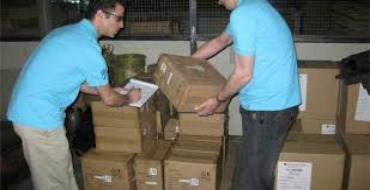Textile Inspection
The textile and garment inspection can be visual inspection or raw materials reviewing like fabric, sewing threads, buttons, trims, etc. in relation to some standards. The inspection objective is to determine the defects at the manufacturing process to avoid wasting of money in later stage.
Fabric Inspection is an important aspect followed prior to garment manufacturing to avoid rejects due to fabric quality and facing with unexpected loss in manufacturing. Fabric inspection is done for fault/defect rate, fabric construction, end to end or edge to edge shading, colour, hand or feel, length/width, print defect and appearance. Fabric inspection ensures to minimise the rejection of cut panels or rejected garments due to fabric faults. Cutting inspected and approved fabric ensures not only finished garment quality but also reduces rejects, improves efficiency and timely deliveries.
The purpose of fabric inspection is to determine the quality and acceptability for garments. As fabric is received, it should be inspected to determine acceptability from a quality viewpoint. Some garment manufacturers rely on their fabric suppliers to perform fabric inspection and fabric defects. In many small companies, spreading and cutting is done by the same personnel and fabric is inspected as it is being spread on a table for cutting.

